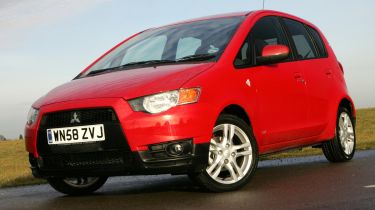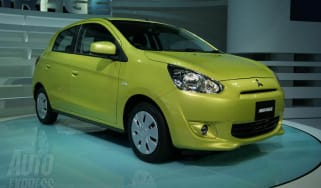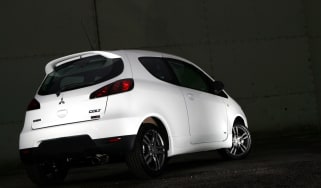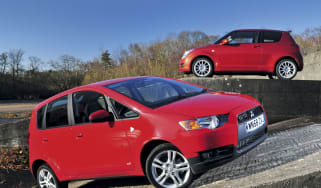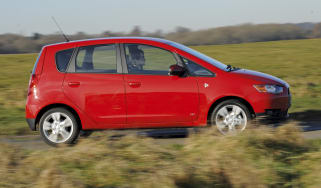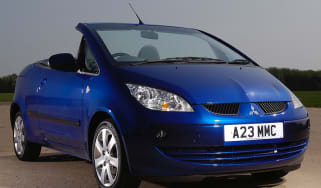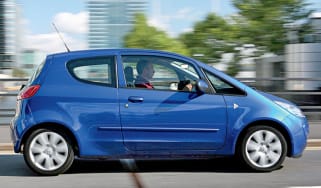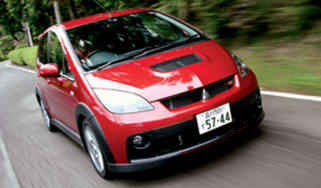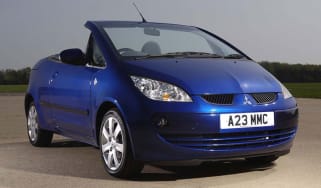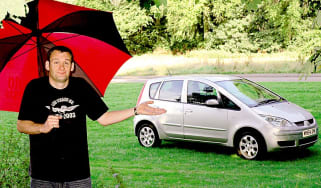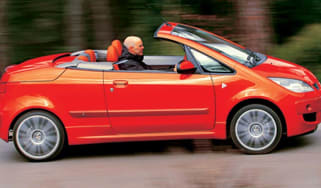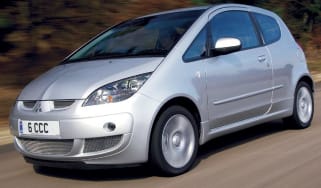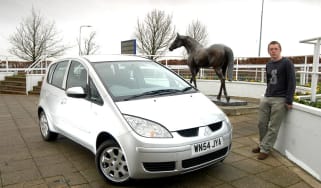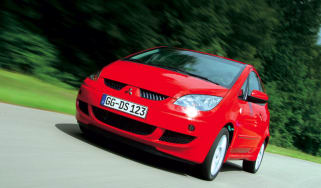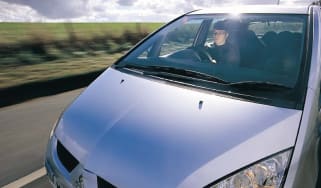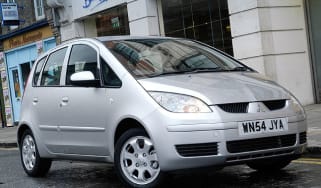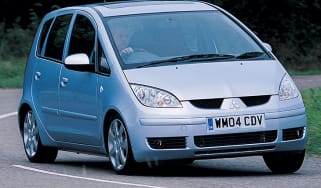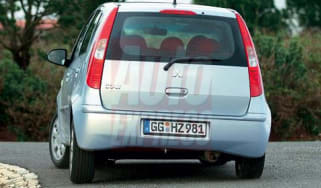Mitsubishi Colt (2004-2013) review
The Mitsubishi Colt is a stylish, fun alternative to the supermini mainstream, but is showing its age

The Mitsubishi Colt has been on sale in its current guise since 2004, although a facelift in 2008 brought the Evo-style nose that still helps it stand out on the road today. This rival to the Honda Jazz, Hyundai i20 and Kia Rio is available as a three-door or five-door hatchback, with a choice of 1.1, 1.3 and 1.5-litre petrol engines. But while eco-friendly stop-start technology can be specified on 1.3-litre models, it doesn’t improve efficiency as much as you would hope, and no car in the range has low enough emissions to be exempt from road tax.
Engines, performance and drive
The Mitsubishi Colt is an easy car to drive, especially around town – if you ignore the large, obstructive A-pillars. Urban roads are the natural habitat of the 75bhp 1.1-litre three-cylinder engine, which provides nippy performance and a pleasing sound. Buyers can also choose from 95bhp 1.3 and 147bhp turbocharged 1.5-litre four-cylinder engines, which are reasonably refined – the latter features in the sporty top-spec Ralliart model, which has firmer sports suspension for a more thrilling driving experience. But whatever’s under the bonnet, the Colt is agile and entertaining, with a decent amount of grip.
MPG, CO2 and Running Costs
If you thought the Mitsubishi Colt was showing its age in terms of design, take a look at the economy figures. The most efficient model in the range – the 1.3-litre Cleartec, which is the only Colt with stop-start – emits 119g/km of CO2 and returns 56.5mpg fuel economy. Eco versions of the latest BMW 3 Series can do better than that. And considering how old the car feels, and what you get for your money, the prices don’t look that tempting in the first place – although Mitusbishi does offer fixed-price deals for three or five years’ servicing.
Interior, design and technology
The Mitsubishi Colt has a similar supermini-MPV-style look to the original Honda Jazz in profile, and when the nose of the rally bred Lancer Evo was grafted on to the car in 2008, the styling was given a welcome shot in the arm. As the Colt is quite a rare sight on the road, it still stands out today. But inside, it’s showing its age in terms of design and equipment, and although everything feels solidly screwed together, the hard plastics don’t help matters. You sit a bit lower in the three-door, which gives it a sportier feel, although the five-door is only 140mm longer and has an identical wheelbase.
Practicality, comfort and boot space
Like the original Honda Jazz, the Mitsubishi Colt feels quite spacious inside, although its interior is nowhere near as clever as the Jazz’s. Mitsubishi no longer offers the sliding rear seat in this car – it now just splits and folds – while you have to lift the parcel shelf manually. As it doesn’t drop back down again, it’s easy to drive off with it still obscuring your rearward view. Boot space trails rivals like the Hyundai i20, too, with the tiny 160-litre load bay expanding to only 568 litres with the seats folded.
Reliability and Safety
Not many versions of the Mitsubishi Colt can be specified with stability control, which is unforgivable in a model that’s likely to be chosen as a first car. The safety feature is standard on the expensive top-spec Ralliart model, but can’t even be added as an option on other versions. As with many Japanese manufacturers, Mitsubishi sells on the reliability of its cars, and the Colt upholds this reputation – it has been recalled only once in all its years on sale, over a potential fuel leak, and has been rated highly in this category in our Driver Power satisfaction surveys.
